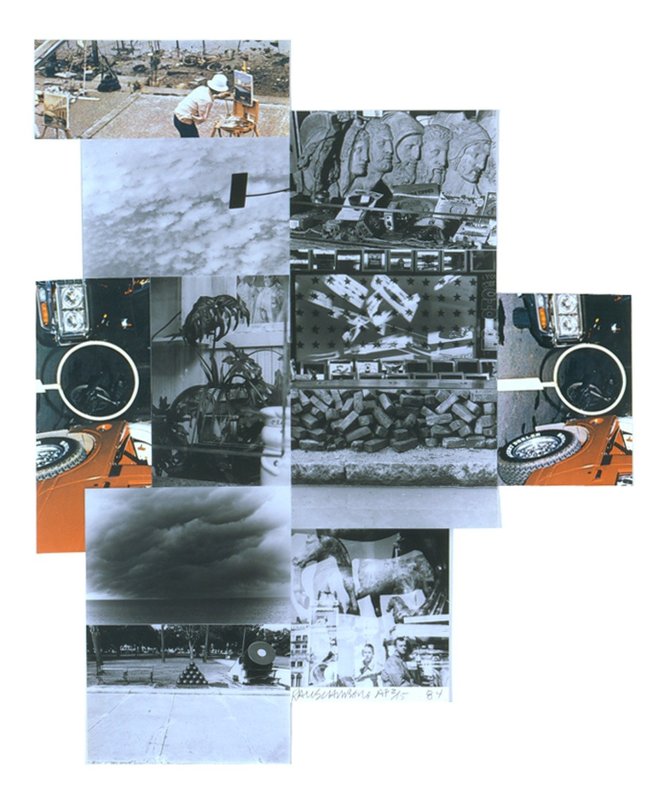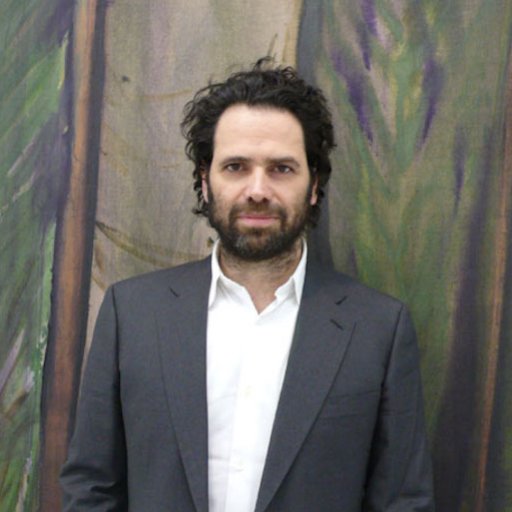In their frequently cited essay “The Dematerialization of Art”—which appeared in the February, 1968 issue of Art International—art critics Lucy lippard and John Chandler prognosticated a future without objects, and described an emerging “ultra-conceptual” art that would no longer require studios as sites of material production. As examples of this trend, the authors discussed now-legendary pieces like Hanne Darboven’s schematic serial drawings and Joseph Kosuth’s cool, distanced definitions, which have become examples of Conceptual Artpar excellence. Lippard and Chandler dubbed this radical transformation “dematerialization,” a term that has since matriculated into art historians’ lexicons, as well as the annals of art history. Through dematerialization, the critics believed art might escape commodification because dealers could not sell art-as-idea.
In 1973, Lippard published Six Years: The Dematerialization of the Art Object from 1966 to 1972.... Thebook—with its title of more than eighty words in length—functioned as a retrospective archive of sorts that assembled a network of texts, documents, and works of art that defined the “ideas in the air” circulating around this time. This text helped cement dematerialization’s status as foundational to twentieth-century art history. Since then, Marilyn Stokstad and Michael Cothren have used the term in the fifth edition of their standard-issue survey text Art: A Brief History, explaining “conceptual art literally ‘dematerialized’ the art object by suggesting that the catalyst for a work of art is a concept, and the means by which the concept is communicated can vary.” The term has even entered the vocabulary of famed New York Times art critic Roberta Smith, who lauded the 2011 exhibition Phenomenal: California Light, Space, Surface for “trac[ing] the dematerialization of Finish Fetish sculpture into the perceptual etherealities of Light and Space art.” In 2012 the Brooklyn Museum opened Materializing “Six Years”: Lucy R. Lippard and the Emergence of Conceptual Art, an exhibition devoted entirely to Lippard’s pioneering work and its impact on Conceptual Art.
But what really was dematerialization? In the end, art, of course, did not sublimate. You don't need to go to Art Basel to know that art objects still exist and are perhaps more commercial than ever before. In the opening pages of Six Years, Lippard addressed complexities of her own term: "Since I first wrote on the subject in 1967, it has often been pointed out to me that dematerialization is an inaccurate term, that a piece of paper or a photograph is as much an object, or as “material,” as a ton of lead. Granted. But for lack of a better term I have continued to refer to a process of dematerialization, or a deemphasis on material aspects (uniqueness, permanence, decorative attractiveness)."
While many of us use the word dematerialization without thinking about what it means, scholars have debated the term’s meaning, use, and legacy. For instance, art historian Frances Colpitt claims dematerialization crucially paved the way for the “political and identity-based content of the art of the 1980s and beyond.” But as an idea, media critic Johanna Drucker characterizes dematerialization as a “fallacy” deeply rooted in contemporaneous computer-heavy rhetoric that sought an impossible separation of information from matter. For those following in the footsteps of Donald Judd and Robert Rauschenberg, art historian Joshua Shannon suggests “dematerialization was a perfectly logical move for New York artists—at last relinquishing grit in order to track the new direction of their world,” which was becoming increasingly immaterial.
There are a host of artists who still engage with tensions of dematerialization and its opposite, materialization. Mika Tajima’s recent public art project Meridian (Gold) (2016) does just that. The work is an illuminated water vapor plume that shifts from magenta to pastel cyan as it hazily wafts from a hot tub-like structure. The color of the plume is networked to correspond to the current market price of gold. As the plume dissipates or “dematerializes” into the atmosphere, real-time data checked every two seconds is utilized to reflect the fluctuations of the “immaterial” value of a very precious material. Likewise, Louise Lawler’s black-and-white tracings of her photographs depicting famous works of art in collections maintain a similar dynamic with materiality. Works like Pollock and Tureen (traced) (1984/2013) exist as vector files that can be materialized on demand as infinitely scaleable vinyl decals.
But beyond the art world, we could think of “The Dematerialization of Art” as a signpost that constellates a much larger ideology of dematerialization, or a widespread desire to see the world propelled toward immateriality. Circa the ‘60s, dematerialization was thoroughly ingrained in the cultural imagination, popping up in Star Trek (“Beam me up, Scottie!”), debates about particle physics, as well as in the writings of Buckminster Fuller and John Cage. And although dematerialization may correspond to a historical movement, it couldn't be more relevant today. We are surrounded by technologies—like the internet and the “cloud”—that we believe are immaterial and magical, despite being deeply dependent on matter (like server farms, for instance).
In one form or another, the dream of dematerialization has found its way into mainstream discourse today. Take for instance Ray Kurzweil, Google’s so-called “chief futurist” who famously proselytizes the absurd “Singularity,” an event on the not-too-distant horizon when computers will become so advanced they’ll be able to compound their computing power exponentially ad infinitum. The result? A spooky supreme union between human and machine, allowing us mere mortals to shed our cumbersome flesh, once and for all. This is dematerialization at its most ideological. Indeed, dematerialization is very real, but perhaps real in the way that dreams are, revealing our desires to us, fleeting and unobtainable.




























